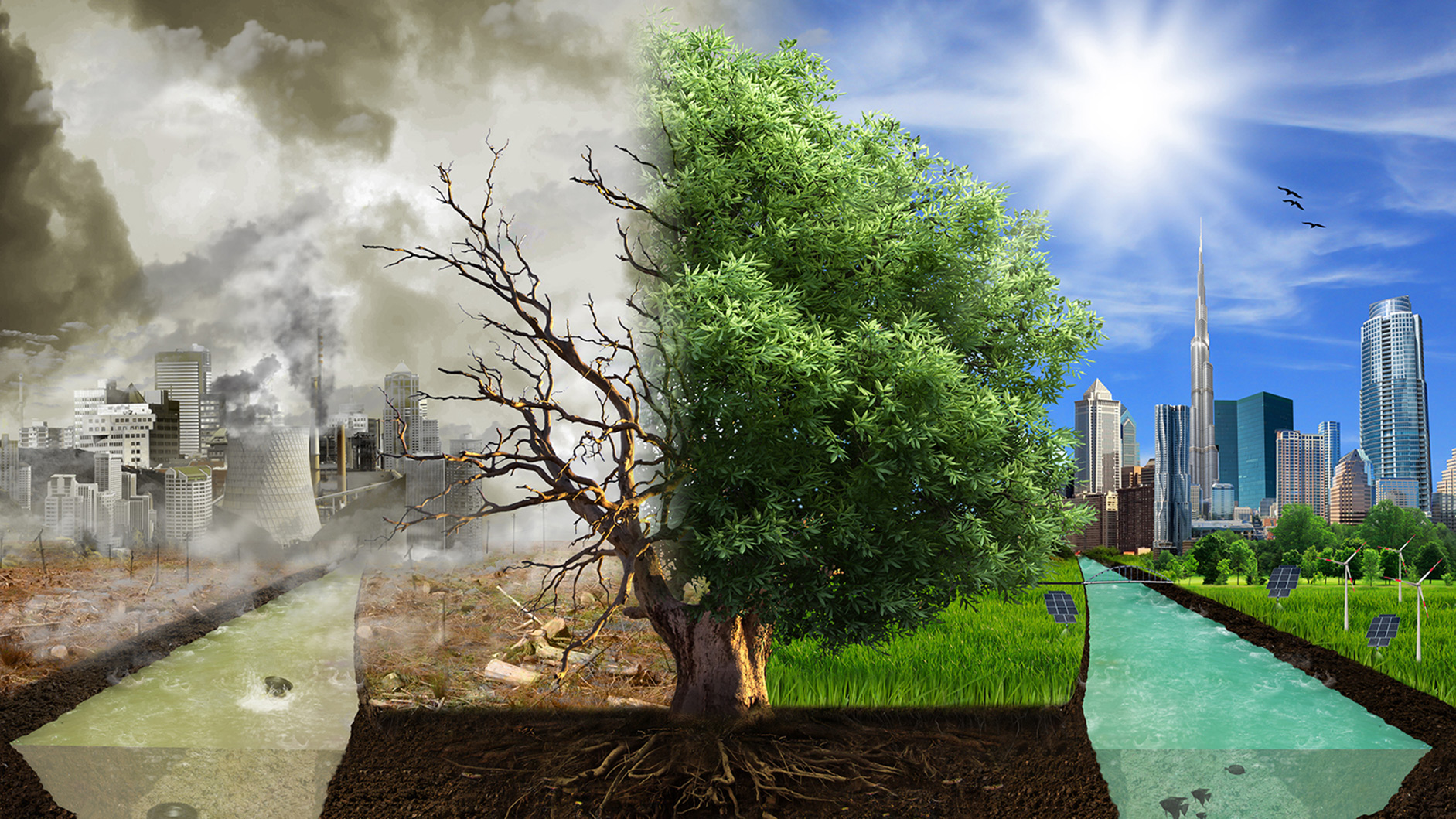Issue:
Regenerative Agriculture is an outcome-based food production system that nurtures and restores soil health, protects water resources and biodiversity, and enhances a farm’s productivity and profitability. It prevents land degradation and deforestation.[1]
A Yale Study on “edible extinction” cites that a global food system that depends on just a narrow selection of plants is at greater risk of succumbing to diseases, pests, and climate extremes. Despite its many achievements, the Green Revolution locked us into an unsustainable system.[2]
Although the Green Revolution was based on ingenious science, it attempted to oversimplify nature, which has backfired on us. In creating fields of identical wheat, we abandoned thousands of highly adapted and resilient varieties. Far too often, their valuable traits were lost. We are starting to see our mistake—as there was wisdom in what went before. Now there are some encouraging developments. Many people are joining together working to save endangered foods and preserving the diversity we all need. [3]
In 1973, the first Genetically Modified Organism (GMO) appeared. GMOs contain genetic material that has been altered by forcing genes from one species into another entirely unrelated species to produce desired characteristics. The U.S. is the world leader in genetically engineered crop production with 165 million acres, or nearly half of global production. Currently 85% of all processed foods contain GMOs. GMOs are linked to cancer, organ damage, immune disorders, and accelerated aging.[4]
Mandatory labeling of GMOs started on January 1, 2022 and the term was changed to “bioengineering.” Foods that have a “detectable” amount of material are labeled with a small seal or text that says “bioengineered,” or “derived from bioengineering.” The 13 crops that require this are alfalfa, Artic varieties of apples, canola, corn, cotton, eggplant, papaya, pink-fleshed pineapple, potato, AquAdvantage salmon, soybean, summer squash, and sugarbeet. Enforcement is done through a formal complaint to the U.S. Department of Agriculture (USDA). Many feel it impossible to be assured that the food they are purchasing is free from GMOs (bioengineering).[5]
Among the latest genetically engineered food is Piggy Sooy, a soybean genetically engineered to contain pig protein. In this latest Frankenfood, pig genes were spliced into conventional soya to create a soybean with 26.6% animal protein.[6]
The USDA has authorized the sale of cell-cultivated chicken—meaning chicken meat grown from stem cells in a bioreactor—produced by Good Meat and Upside Foods. Both producers plan to roll out their synthetic chicken first to “high-end” restaurants across the U.S., while they scale-up production. In addition to these two companies, more than 100 other companies are also working on different iterations of cultured meat, including cell-based ground beef, 3-D printed steak, fish, and cultured seafood. Their plan is to market in grocery stores.[7]
A federal study found PFAS “forever chemicals” in over 45% of U.S. tap water. Forever chemicals last thousands of years; persist in the human body; causing serious health problems. They are a class of chemicals used to make products grease-proof, water-proof, stick-proof, and stain-resistant.[8]
High fructose corn syrup (HFCS) is an industrial food product extracted from corn stalks via a secret chemical enzymatic process resulting in a novel compound that does not need to be digested. It is rapidly absorbed into the blood stream and goes straight to the liver. This is the major reason that 70 million people in the U.S. now suffer from “fatty liver.” HFCS is proven to cause increased obesity, diabetes, and chronic disease. It literally punches holes in the intestinal lining. HFCS is always found in poor-quality foods that are nutritionally deficient and filled with fats, salt, chemicals, and even mercury.[9]
Organic is a labeling term that indicates that the food or other agricultural product was produced according to the USDA organic standards, which means it has 95% or more organic content. The FDA does not regulate the use of the term “organic” on food labels.[10]
When an organic food brand is acquired by a corporation, it is very common for the new parent corporation to reduce its commitment to organic ingredients and seek out cheaper substitutes.[11]
The purpose of the corporation is simply to make money for shareholders. Unbelievably, they do not have a legal responsibility to the public interest. As the bottom line goes up, the quality of the food goes down.[12]
Food deserts are defined as areas of the country lacking fresh fruit, vegetables, and other healthful whole foods. This is currently a major problem and is largely due to a lack of healthy food providers and farmers’ markets. Many people now only have access to quick marts that provide a wealth of processed, sugar, and fat-laden foods which contribute to the national obesity epidemic.[13]
In the past 40 years more than 30% of the world’s arable land has been lost due to soil erosion, climate change, pollution, continual ploughing, and heavy fertilization. Foundations for Farming, has reversed that trend in Zimbabwe since 1982, training 30,000 farmers at home, and 3 million farmers around the world in faith-based sustainable farming. The United Nations gave Zimbabwe the 2022 Partnership Award for creating food security for 9 million Zimbabweans.[14]
In 2014, former President Barack Obama launched a national strategy to protect and promote bees and other pollinators. The strategy has been successful for government facilities, reversing the decline which started in 2006, and today you will find honey bees buzzing all over Washington, D.C.[15]
Eating disorders affect at least 9% of the population worldwide including 9% of the U.S. population (28.8 million people) who will have an eating disorder in their lifetime. Eating disorders are among the deadliest mental illnesses, second only to opioid overdose. 26% of people with eating disorders attempt suicide.[16]
Though many municipalities have made it illegal to grow your own food, with a little ingenuity, there may be other options such as finding or developing public garden plots, patio/container gardens, roof top gardens, or even creating an inside sunny window tabletop garden.[17]
Robin Wall Kimmerer, author of Braiding Sweetgrass, says that “you don’t have to be complicit in our culture of destruction.” She believes that people have a longing for the natural world, which she sees as related to some of the dead ends we have created for ourselves that don’t have a lot of meaning. She writes about nature and tended gardens as being capable of showing us love. She defines humility as meaning that you don’t think you are more important than others. Humility creates a sense of vitality, community, and family. “In Indigenous science, knowledge and values are always coupled.”[18]
For over 35 years Van / Gabriel of Urantia / TaliasVan has been telling people to leave the broken mainstream system, form communities, have all things in common (as much as you can), grow your own food, be near a good water source, and build and live sustainably.[19]
In Hopi prophecy, after the final days of the purification of the fourth world (that is currently happening), corn will grow in abundance again and the path of life with the Creator will continue forever.[20]
[1] syngentagroup.com/en/regenerative-agriculture
[2] e360.yale.edu/features/a-look-inside-the-global-movement-to-revive-food-diversity
[3] ibid
[4] https://www.nationofchange.org/2021/07/07/gmos-everything-you-need-to-know/
[5] nebraskapublicmedia.org/en/news/news-articles/gmo-food-labeling-has-been-required-in-the-us-for-a-year-have-consumers-noticed
[6] https://www.globalresearch.ca/pig-beans-latest-gmo-frankenfood/5825686
[7] ibid
[8] cleanwater.org/pfas-forever-chemicals
[9] drhyman.com/blog/2011/05/13/5-reasons-high-fructose-corn-syrup-will-kill-you
[10] ams.usda.gov/about-ams/programs-offices/national-organic-program
[11] businessinsider.com/natural-brands-owned-by-large-corporations-2014-8
[12] https://www.context.org/iclib/ic41/rowe/
[13] americannutritionassociation.org
[14] foundationsforfarming.org/
[15] cbsnews.com/news/urban-beekeeping-project-works-to-restore-honey-bee-populations-with-hives-all-over-washington-d-c/
[16] https://anad.org/eating-disorders-statistics/
[17] kellogggarden.com/blog/gardening/is-it-illegal-to-grow-your-own-food
[18] nytimes.com/interactive/2023/01/30/magazine/robin-wall-kimmerer-interview.html
[19] Van/Gabriel of Urantia/TaliasVan, Living Through The Tribulation — How To Survive By Starting Subcultures Global Community Communications Publishing, Tubac, AZ, p.54


